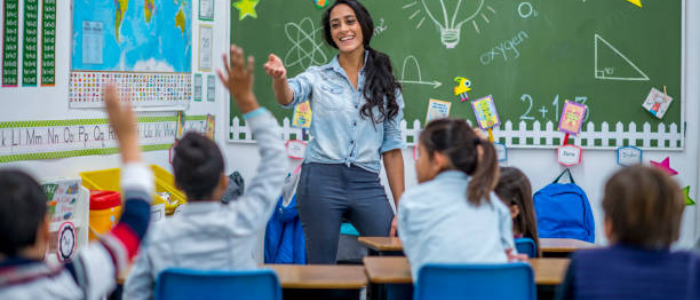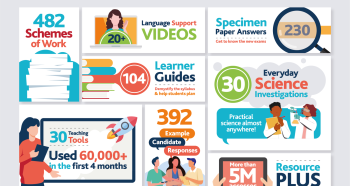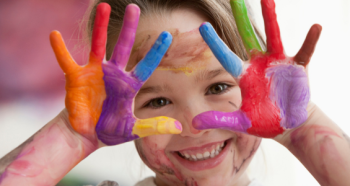The pandemic is a useful moment to experience and reflect on the experiences of students who have special or diverse needs. Many of us who don’t have such needs have, perhaps for the first time, been able to experience the difficulties of, for instance, being stuck at home, or not being able to hear or communicate properly due to wearing face masks, or the frustrations of not being able to do what we like when we like. These experiences may give us some idea what daily life can be like for those struggling with physical or cognitive issues.
Many of us are used to modifications we often see these days to help those with physical needs, such as reduced mobility. We wouldn’t dream of designing a school without suitable access routes, or accept fire evacuation procedures without the provision of portable chairs. But what attention do we give to those whose brains are wired in ways differently to our own? How often do we put ourselves in their shoes or, more correctly, ask them what could be made better?
What is true of buildings is true of education. One size doesn’t fit all when it comes to teaching, learning and assessment. Being inclusive in education is no longer just about ‘allowing’ students into the classroom, but also about empowering them to participate and progress once there. It is less about focusing on an individual’s barriers and more about dismantling the barriers that society has created that impede them from realising their potential.
Being proactive
To be more inclusive, we need to be proactive. This means looking ahead at what might interfere with any student reaching their potential. It could be a simple as installing better lighting or acoustics; it could be giving students multiple ways of approaching a task and supporting them in their choice; and it could mean alternative forms of assessment. It is about looking at teaching and learning strategies for the whole cohort, actively drawing on students’ strengths, and offsetting any challenges they may face. It is about developing yourself as a teacher so you are more cognisant of and sympathetic to the needs of all your students, and are clear not only about why you want students to do something but how all of them they will be able to succeed.
Practical tips
At Cambridge Assessment International Education, we have been looking at the theory of inclusive education and how to put that theory into practice. We have summarised these in the latest of our series of Education Briefs, which you can find alongside many other free resources on our website in the section dedicated to ‘Teaching Cambridge at your school’. You will also see in the Education Brief some suggestions for best practices in your school and in your teaching. You will discover that being inclusive isn’t burdensome – on the contrary, if you design teaching, learning and assessments that are suitable for as many students as possible, you will have to make fewer exceptions or provisions for special arrangements. Moreover, in these exceptional times we are living in, what is true for inclusive approaches in face-to-face situations, also works for blended or online learning.
Even though the pandemic has allowed us to experience what it feels like to be left out, we should also remember that lockdowns and restrictions have enabled some people who don’t always fit in, to thrive. As Amanda Kirby said in her recent blog post and webinar on the issue, some students who are likely to be distracted in classrooms have excelled online; others have found it easier to listen and focus or discovered their voice. Inclusive education is about taking a positive stance and showing that each and every one of us deserves our place in the world.





